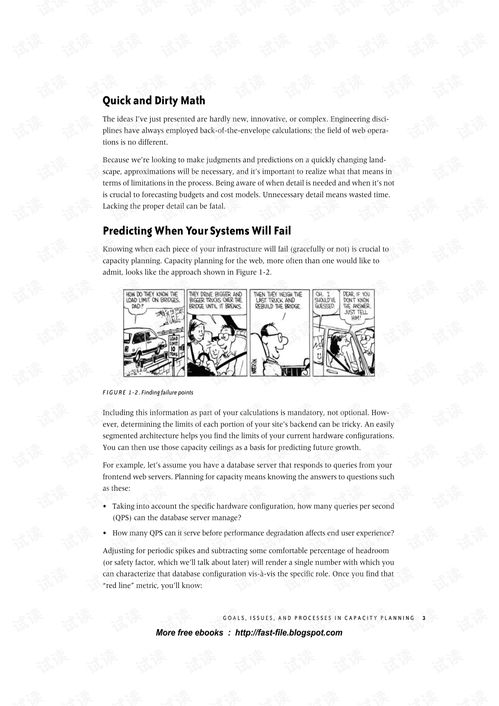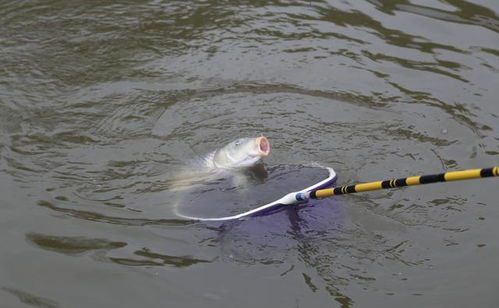Content:
Fishing boat enthusiasts often seek to enhance their angling experience by mastering the art of fish detection. Whether you're a seasoned fisherman or a beginner looking to improve your skills, understanding how to effectively probe for fish can significantly increase your chances of a successful catch. Here are some essential techniques to help you become a pro at detecting fish while fishing from a boat.
- Understand the Basics of Fish Behavior
Before diving into the specifics of fish detection techniques, it's crucial to have a basic understanding of fish behavior. Fish are sensitive to changes in their environment, including water temperature, pressure, and the presence of food. By recognizing these factors, you can better anticipate where fish might be lurking.
- Use the Right Equipment
The right equipment can make a world of difference when it comes to detecting fish. Here are some essential tools to consider:
Fishfinder: A fishfinder is a must-have for any fishing boat. It uses sonar technology to detect fish and underwater structures. Look for a unit with a good resolution and a screen that's easy to read.
Depth Sounder: While a fishfinder can detect fish, a depth sounder will give you the exact depth at which fish are located. This information is crucial for determining the best bait and lure placement.
Hummingbirds and Bubblers: These devices create vibrations in the water, which can attract fish to the area. They are particularly effective in areas where fish are scarce.
Downrigger: A downrigger is a tool that allows you to lower your lure to a precise depth. This is especially useful when targeting fish that are deep in the water column.
- Analyze the Sonar Display
Once you have your fishfinder and depth sounder set up, it's time to interpret the sonar display. Here are some key points to consider:
Echoes: Fish will appear as echoes on the sonar screen. Darker echoes typically indicate larger fish, while lighter echoes may represent smaller fish or baitfish.
Structure: Look for areas where the sonar waves bounce back more intensely. These areas often indicate the presence of fish.
Temperature and Salinity: Some fishfinders can display temperature and salinity data. Understanding these factors can help you predict where fish might be hiding.
- Adjust Your Lure and Bait
Once you've identified potential fish-holding areas, it's time to adjust your lure and bait. Here are some tips:

Match the Bait: Use bait that mimics the natural food source of the fish you're targeting. For example, if you're fishing for bass, use a lure that resembles a crayfish or a minnow.
Change Your Approach: If you're not getting bites, try changing your lure's action or speed. Sometimes, the subtle adjustments can make all the difference.
Experiment with Depth: If the fish are deep, consider using a heavier lure or a downrigger to reach them. Conversely, if the fish are shallow, a lighter lure might be more effective.
- Keep an Eye on the Weather and Tides
The weather and tides can significantly impact fish behavior. Here's what you need to know:
Weather: Fish are less active in rough weather. Plan your fishing trips on calm days with good visibility.
Tides: Tides can affect fish movement. Fish often feed more actively during low tide, as it brings them closer to their prey.
- Practice Patience and Persistence
Fish detection is not always straightforward. Sometimes, you'll need to be patient and persistent. Here are some tips to help you stay focused:
Stay Calm: Avoid panic if you don't catch fish immediately. Take a deep breath and stay calm.
Stay Flexible: Be willing to change your approach if the fish aren't biting. Sometimes, a different technique or location can make all the difference.
Learn from Experience: Keep a journal of your fishing trips. Note down what worked and what didn't. This will help you refine your techniques over time.
In conclusion, mastering the art of fish detection on a fishing boat requires a combination of knowledge, equipment, and practice. By understanding fish behavior, using the right tools, analyzing sonar data, adjusting your lure and bait, keeping an eye on the weather and tides, and maintaining patience and persistence, you'll be well on your way to becoming a skilled fisherman. Happy fishing!












